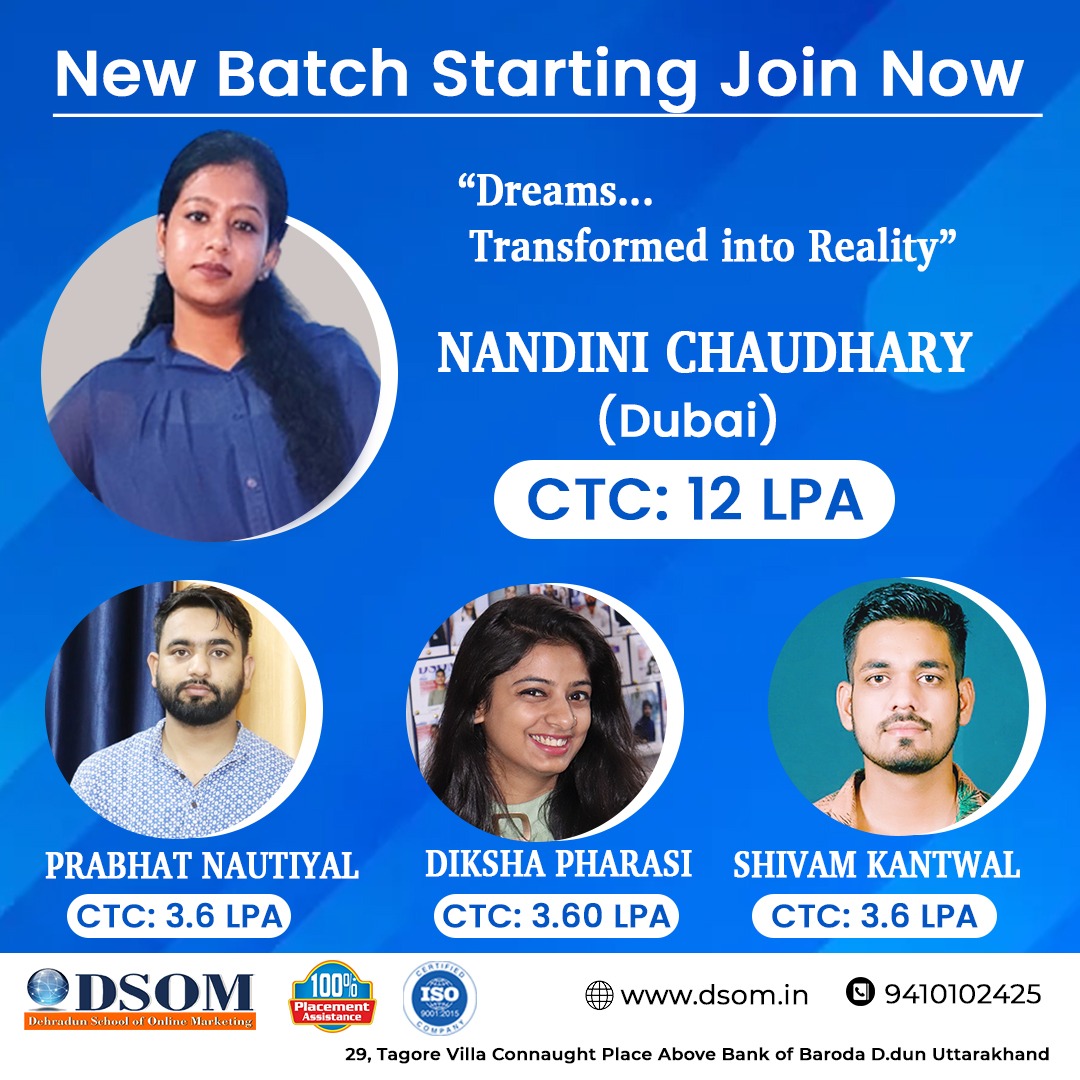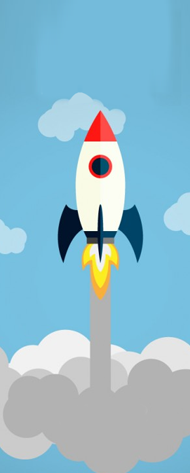Top 50 Indian Culture GK Questions Answers for UPSC (NDA) Exam
By Roopali Thapliyal | General knowledge | Sep 04, 2017

Indian Culture (GK) General Knowledge Questions Answers shared by Ground Zero Defence Coaching Institute in Dehradun
- Where has the ‘Great Bath’ been excavated ? Mohenjodaro
- What material were used in making Harappan weapons ? Stone , Copper and Bronze
- Which Gupta rurer is known as the ‘Indian Napoleon’ ? Samudragupta
- In which year did Nicolo Conti visit Vijiayanagar ? 1420
- Who built the famous ‘ Victory Tower’ and ‘Vijaya Stambha’ at chittor to celebrate his victory over Malwa ?
- Rana Kumbha
- The Bengal Gazette or Calcutta General Advertiser brought out in 1780 by James Augustus Hickey
- Hsuan-Tsang (also spelt Yaan Chwang ) visited Indian during the reign of Harsha
- Ancient literture refers to five fold division of India. The term ‘Aparanta’ or ‘Pratichya’ refers to
- Western India
- What was the main motto of Ramkrishna Mission? To provide social service to the people
- Who was first to accept the ‘Sub-sidiary Alliance’ ? The Nizam of Hyderabad
- As the evidence from Koldihwa in the Belan Valley shows rice seems to have been domesticated in India by about : 7000 B.C.
- Among the few four Vedas, which one is a collection of spells and charms ? Atharvaveda
- The Brahmanas, the Aranyakas and the Upnishadas are attached to one or the other of :
- The four Vedas
- Murshid Quli Khan became the diwan of Bengal in : 1700 AD
- The two popular assemblies which seems to have formed as essential feature of the government during the Age of Rig Veda are : Sabha and Samiti
- During the Age of Rig Veda, the grains are collectively called : Yava and Dhanya
- The Second Anglo-Mysore War took place between : 1780-1784 AD
- Which period is referred as the Classical Age or Golden Age of Ancient India?
- Gupta Period (319- 334 AD)
- Akbar the great Mughal Emperor Proclaimed a new religion Din-e-Ilahi in : 1581
- Guru Nanak Dev-the founded of Sikh religion was born in The year 1469
- Who estabilshed ‘The Khalsa’ in 1699 ?
- Guru Gobind Singh (Tenth Guru of Sikhs)
- Subhash Chandra Bose was elected the president of the Indian National Congress in
- The year 1939 at its Tripuri Session
- Where did The Tebhaga Movement of Peasants occur in 1946 ? Bengal
- Who founded the Ahmedabad Textile Labour Association ? Mahatama Ghandhi
- ‘Anekktavad’ is a core theory and Philosophy of which religion ? Jainism
- The founder of Sunga dynasty was Pushyamitra Sunga
- The East India Company secured the Dewani from
- Mughal Emperor Shah Alam II (1728-1806)
- Who wrote Raghuvansam, Kumarsambhavam, Malvikagnimitram and Abhigyanshakuntalam
- Kalidasa
- ‘The Loyal Mohammadans of India’ was the newspaper brought out by :
- Sayyid Ahmad Khan
- Who founded the ‘Servants of Indian Society ‘ in 1905 Gopal Krishna Gokhle
- The biographyof Harshvardhan – Harshcharita was written by : Banabhatta
- Huin-Tsang, the Chinese traveller visited India during the reigon of :
- Harshvardhan’s region during fifth century A.D.
- The famous book of Huin-Tsang which forms an invaluable source to ancient Indian History is
- Si-Yu-Ki
- The three great Chinese Pilgrims who visited India in search of Knowledge , manuscripts and relics between the fifth and seventh centuries A.D. are
- Fa Hien, Huin-Tsang, and I- Tsing
- Katyayanaprakarna is book on grammar of : Pali Language
- The first Carnatic War between the French and the England took place between : 1746 and 1748
- Swami Vivekanand was born : On January 12, 1863 in Calcutta
- Who was the commander of revolt of 1857 in Rohilkhand ? Ahmadullah
- Who wrote the book “The Wonder that was India” ? L. Basham
- Who said that “The Mythology, as well as cosmogony of the Egyptians ,Greeks and Romans were borrowed from the doctrines of the Brahmins” Nanthaniel Halhed
- Vedic Literature includes : Vedas, the Brahmanas , the Aranyakas and the Upanishads
- The first definite mention of Bharata as a region is to be found in :
- Panini who lived about sixth century B.C.
- The Palaeolithic Age in India is divided into three phases namely :
- Lower Palaeolithic (Handaxe and cleaver industries) , Middle Palaeolithic (Tools made on flakes ) and upper palaeolithic ( Tools made on flakes and blades )
- The Harappan civilization was discovered in 1920-21 following excavation :
- By R. D. Banerjee (at Mohenjodaro) and By D. R. Sahni (at Harappa)
- Nizam-ul-Mulk Asaf Jah founded the state of Hyderabad in : 1724
- Tipu Sultan was the Sultan (ruler) of Mysore from : 1782 to 1799
- The Sikh Khalsa was formed to instil a strong martial spirit in the Sikhs by :
- Tenth Sikh Guru Guru Govind Singh in 1699
- The Chief of Sukarchakiya misl (a Sikh confederacy ) was : Maharaja Ranjit Singh
- Which Sultan of Delhi established a separate agriculture department which planned rotation of crops ?
- Mohammad Bin Tughlaq
- The Dharm Chakra Pravartan mentioned in the Buddist test is :
- The first sermon delivered by Buddha at Sarnath




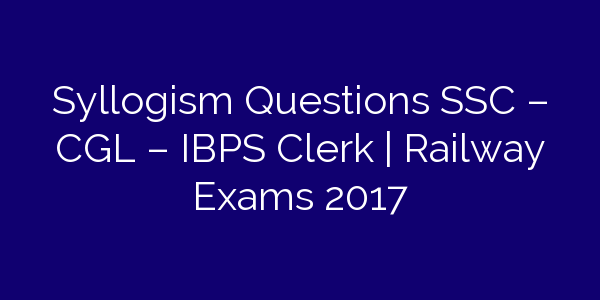
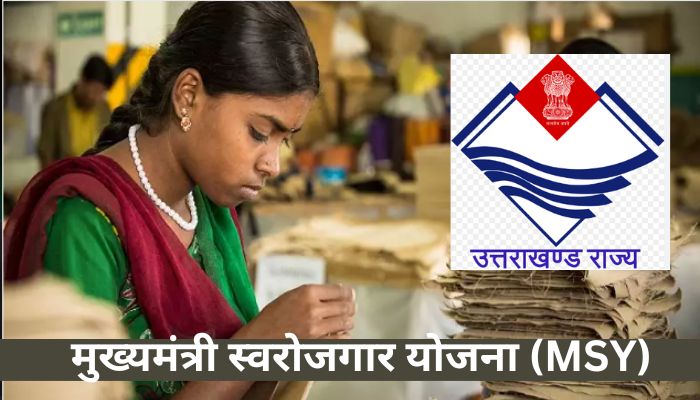
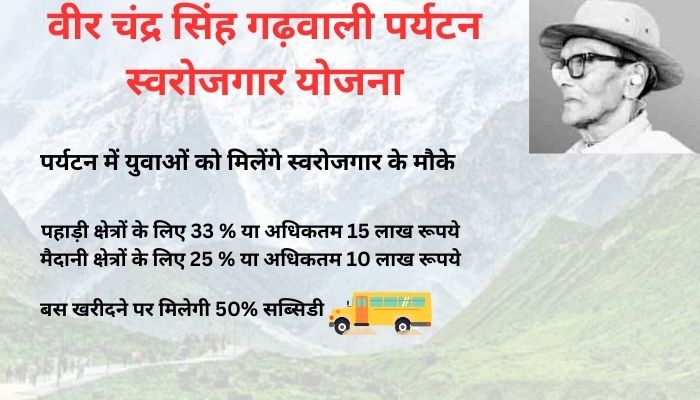
.png)
.png)
.png)
